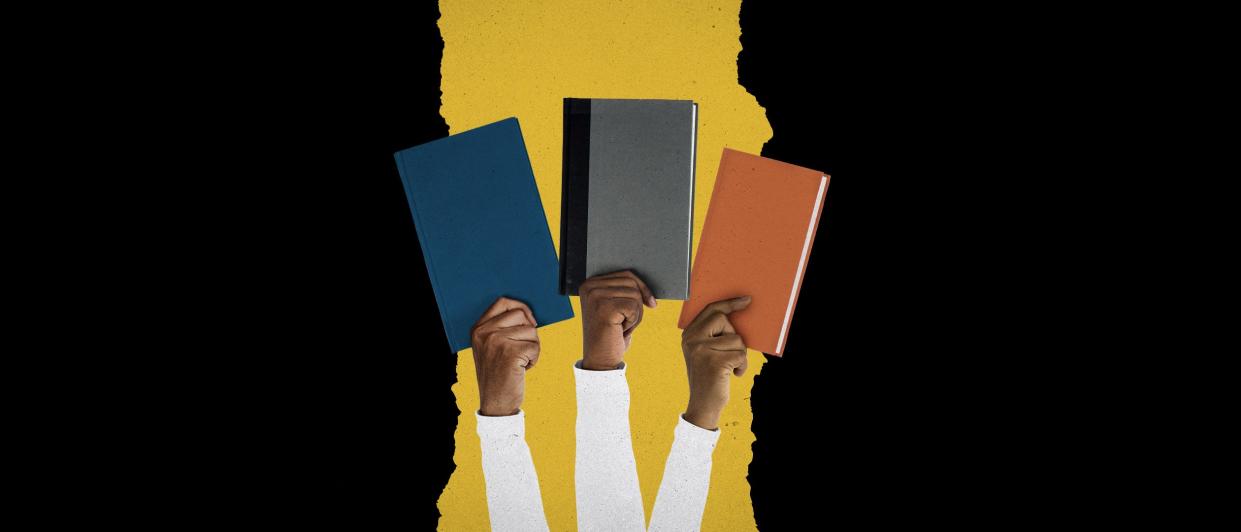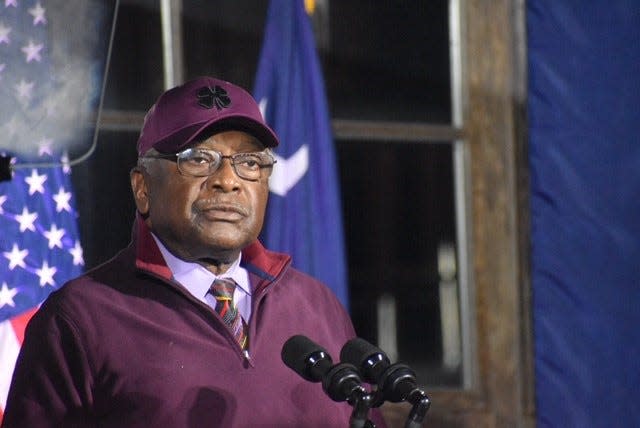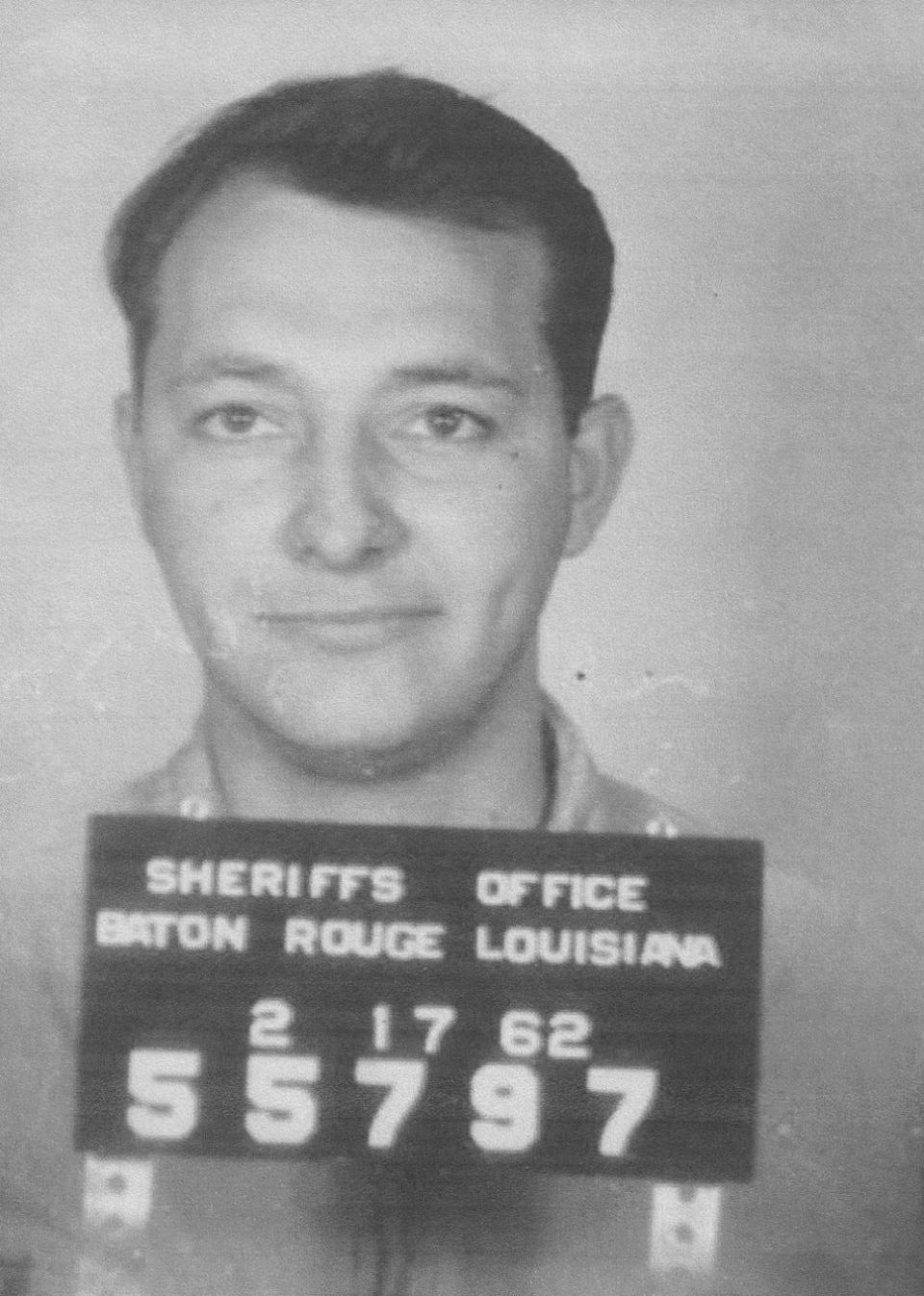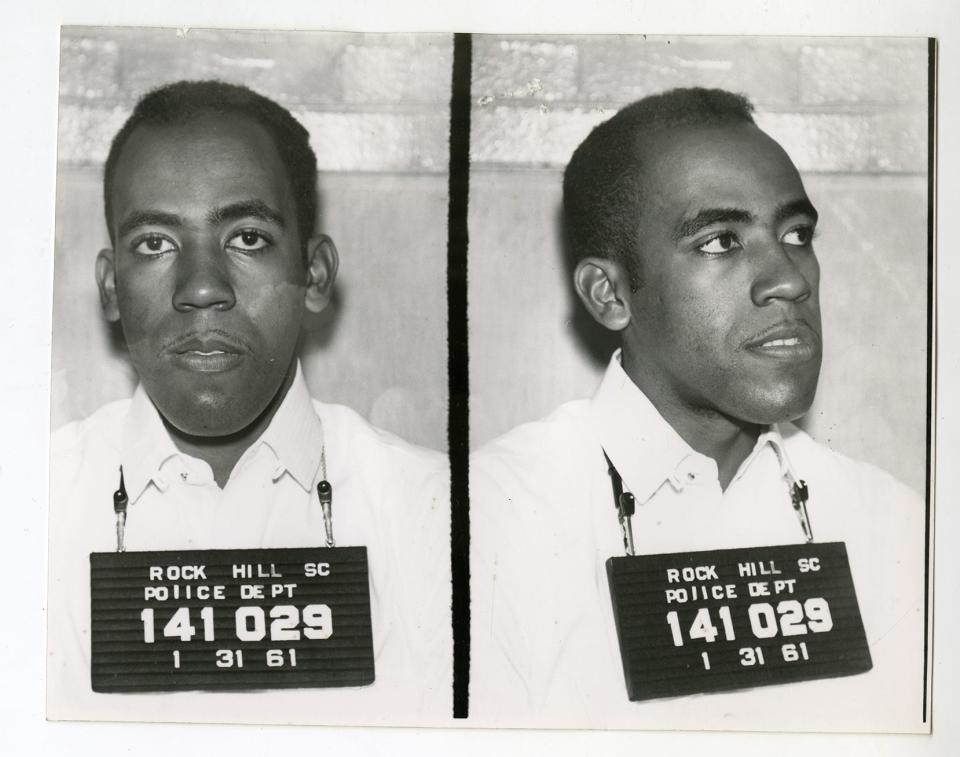Our extensive coverage of the civil rights movement in 1961 leaned on these resources. You should, too.

USA TODAY’s “Seven Days of 1961” explores how sustained acts of resistance can bring about sweeping change. Throughout 1961, activists risked their lives to fight for voting rights and the integration of schools, businesses, public transit and libraries. Decades later, their work continues to shape debates over voting access, police brutality and equal rights for all.
JACKSON, Miss. – Hezekiah Watkins led visitors through the Mississippi Civil Rights Museum last summer, pointing to a wall lined with mugshots of hundreds of Freedom Riders who were arrested in 1961 for challenging segregation on buses and trains.
A mugshot of Watkins, then 13, was also on the wall. He was #21129.
“There were others there who lost their lives for this movement. We don't talk about them enough,’’ Watkins told USA TODAY as he stood in front of a map showing bus routes of the Freedom Rides. “For their work to be carried on, it is very important to know the work that they were able to do and what they were able to accomplish in their lifetime. We don't get it in the schools.”
Watkins is one of several civil rights veterans determined to tell their own story. He teamed with Andrea Ledwell to write his 2019 memoir, “Pushing Forward.”
It was one of dozens of books, museum archives and documentaries USA TODAY turned to as part of its research for “Seven Days of 1961,” a multimedia project focused on pivotal civil rights moments that helped bring about change. The project features stories, videos, photographs, an augmented reality experience, podcasts, a playlist of protest songs and more.
Activist Brenda Travis, who co-wrote her memoir with John Obee, said that for too long others had told her story. Some got it wrong. Travis and more than 100 of her fellow students walked out of their high school in McComb, Mississippi, in 1961 to protest Travis’ expulsion for participating in civil rights protests.
“I want to be able to tell this true story, as I remember it, as I lived it,’’ said Travis, who also founded the Brenda Travis Historical Education Foundation. “I don't want to have anything fabricated, because there's been enough fabricated about our history already.”
Some activists faded into the shadows, said Gladys Robinson, chairwoman of the African-American Cultural Resources Advisory Committee in Rock Hill, South Carolina. Not all of them were considered heroes. Some were called troublemakers.
“They didn't know their place’’ was a frequent complaint from white and some Black critics, Robinson said. “How dare they go and try to sit at the counters.”
She said activists like the ''Friendship Nine'' are finally getting their due with recent media attention. The students held a sit-in at a whites-only lunch counter in Rock Hill in 1961, and instead of paying bail when they were arrested, they did hard labor in protest.
“It has taken this long for the story to finally get out and for people to finally understand the significance of it,“ Robinson said.
Here is a list of some books, documentaries and exhibits USA TODAY journalists reviewed to help tell the stories of freedom fighters who dared to “sit-in” at whites-only lunch counters, ride Greyhound buses to end segregation and travel to dangerous territories to register Black citizens to vote.
They held a ‘read-in’ at a whites-only library in 1961 and helped end segregation. Meet the Tougaloo Nine.
Racism along this historic Maryland route was rampant in 1961. Then students helped ignite change.
Friendship Nine graphic novel: ‘Still fighting that same fight’
Books
”Mississippi’s Exiled Daughter: How My Civil Rights Baptism Under Fire Shaped My Life,” by Brenda Travis with John Obee.
”Pushing Forward,” by Hezekiah Watkins with Andrea Ledwell.
”Brother Hollis: The Sankofa of a Movement Man,” by Hollis Watkins with C. Leigh McInnis.
”Hands on the Freedom Plow: Personal Accounts by women in SNCC,” edited by Faith S. Holsaert, Martha Prescod Norman Noonan, Judy Richardson, Betty Garman Robinson, Jean Smith Young and Dorothy M. Zellner.
”Blessed Experiences. Genuinely Southern, Proudly Black,” by James E. Clyburn.


“The Wrong Side of Murder Creek: A White Southerner in the Freedom Movement,” by Bob Zellner with Constance Curry.
“Voices of Freedom: An Oral History of the Civil Rights Movement from the 1950s Through the 1980s,” by Henry Hampton and Steve Fayer.
“Twelve Days in May: Freedom Ride 1961,” by Larry Dane Brimner.
“Buses Are a Comin': Memoir of a Freedom Rider,” by Charles Person and Richard Rooker.
“Beyond the Burning Bus: The Civil Rights Revolution in a Southern Town,” by J. Phillips Noble.
“Jailed-in,” by Thomas Gaither.

“Freedom Rides: 1961 and the Struggle for Racial Justice,” by Ray Arsenault.
“Freedom Ride,” by James Peck.
“Got My Mind Set on Freedom: Maryland’s Story of Black Activism, 1663-2000,” by Barbara Mills.
“Freedom Faith: The Womanist Vision of Prathia Hall,” by Courtney Pace.
“Stokely: A Life,” by Peniel Joseph.
“Round & Round Together: Taking a Merry-Go-Round Ride into the Civil Rights Movement,” by Amy Nathan.
“Building the Beloved Community: Philadelphia’s Interracial Civil Rights Movement and the Origins of Multiculturalism, 1930-1970,” by Stanley Arnold.
“Back to Mississippi: Sidewalks Represent a Journey to the Paths of My Success, Follow My Steps and Take the Journey!” by Geraldine Hollis.
“This Nonviolent Stuff'll Get You Killed: How Guns Made the Civil Rights Movement Possible,” by Charles E. Cobb Jr.
“America on Fire: The Untold History of Police Violence and Black Rebellion Since the 1960s,” by Elizabeth Hinton.
The civil rights movement was a violent struggle. A new podcast honors stories from those who lived it.
She helped integrate higher education in the South. And her classmates wanted her dead.
Museum's civil-rights exhibits tell stories of courage, perseverance
Other resources
“Louisiana Diary,” a documentary on voter registration in Plaquemine, Louisiana, in 1963.
“Commission of Inquiry into the Administration of Justice in the Freedom Struggle,” a 362-page transcript of testimony from 17 activists in May 1962.
“Eyes on the Prize,” an award-winning series produced by Blackside on the civil rights movement.
“Son of the South,” a 2021 movie about Bob Zellner of the Student Nonviolent Coordinating Committee.
"Big Step Ahead: The Anger that Inflamed Route 40," article in Life magazine, December 8, 1961.
"The Junction: The Cold War, Civil Rights and the African Diplomats of Maryland's Route 40," article in Primary Source, Indiana University, Spring 2012.
National Museum of African American History and Culture, Civil Rights exhibit.
Student Nonviolent Coordinating Committee Legacy Project.
The Black History Gallery.
Contributing: USA TODAY Network journalists Mike Thompson, Melissa Brown, Wenei Philimon, Marc Ramirez, Stephanie Allen and Bailey Loosemore.
Explore the series
This article originally appeared on USA TODAY: Civil rights books, documentaries capture stories of historic movement

